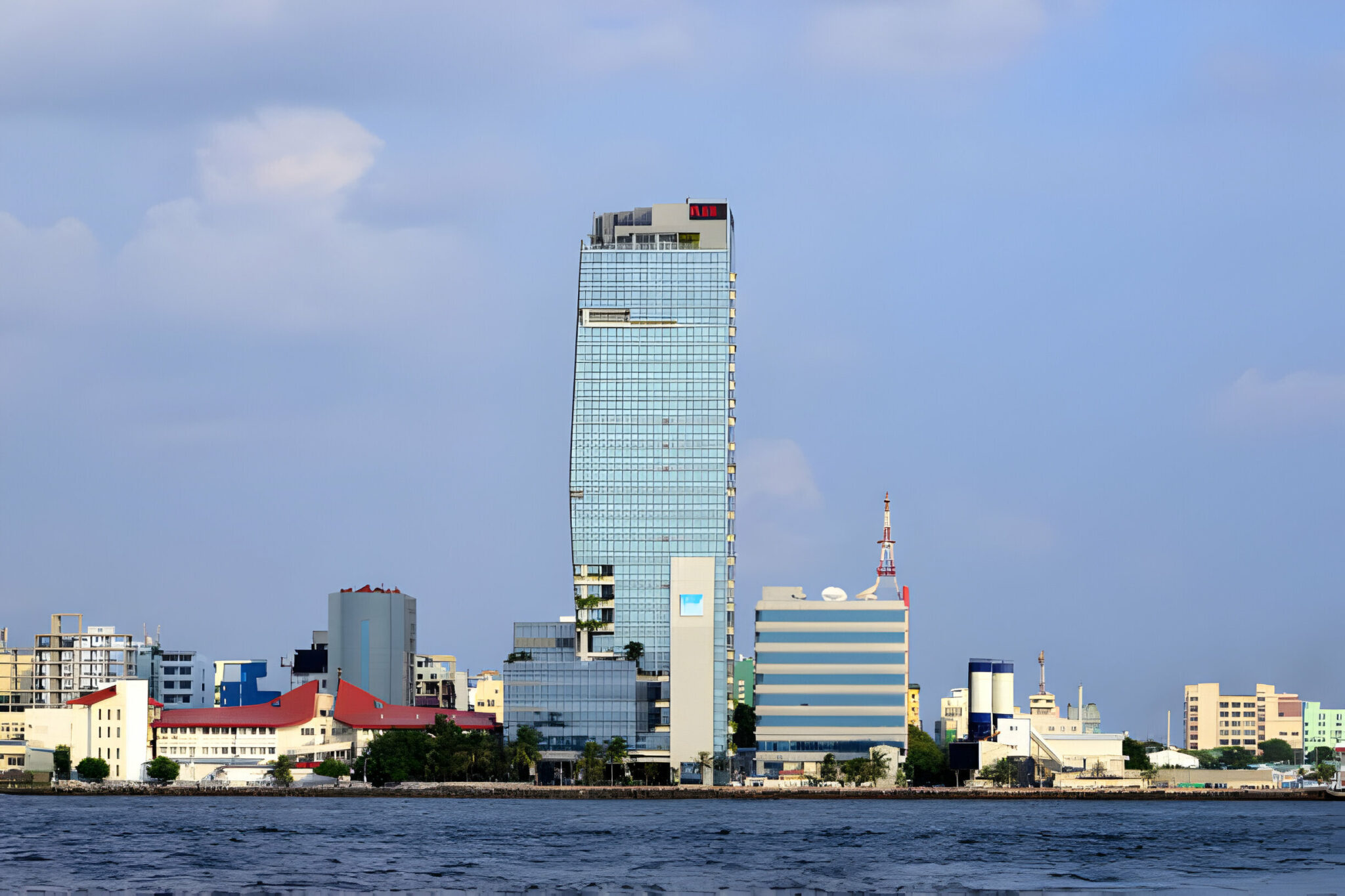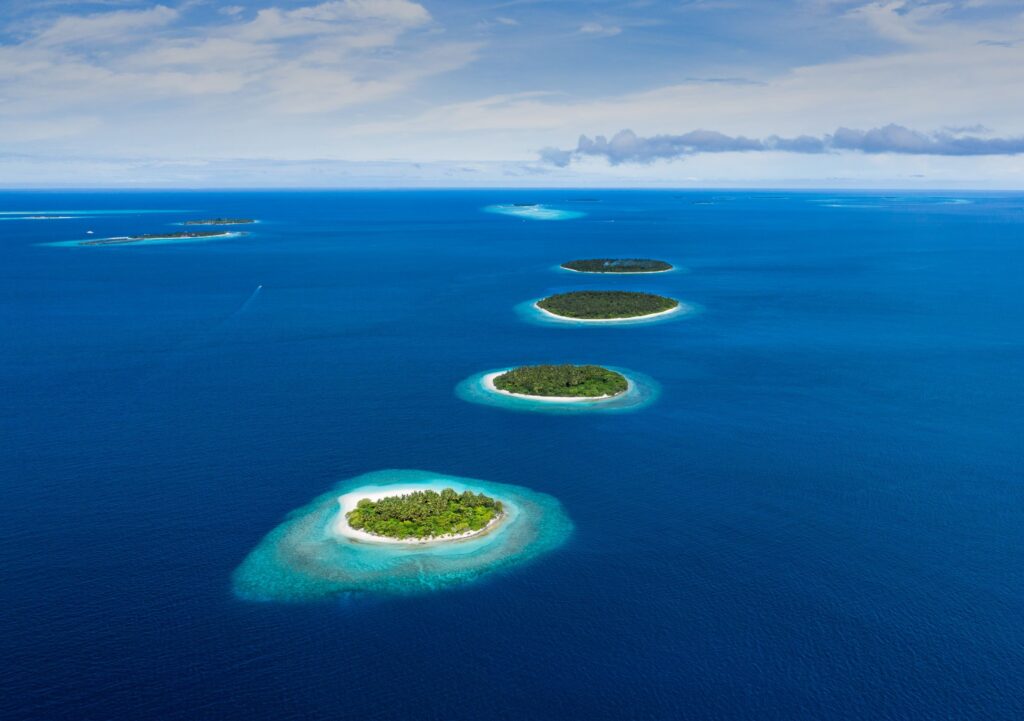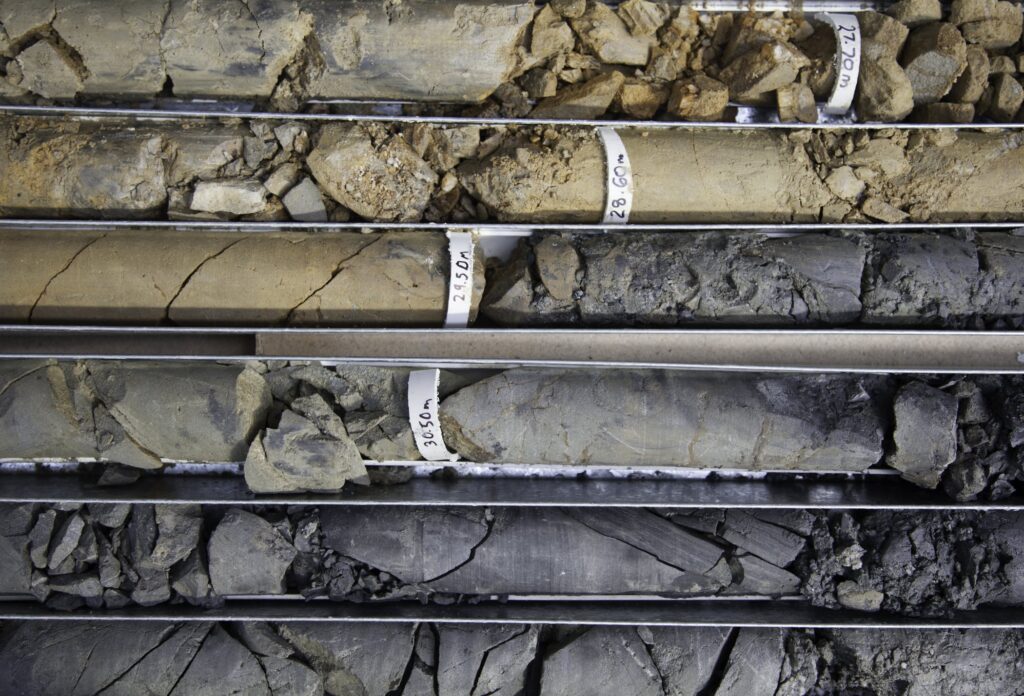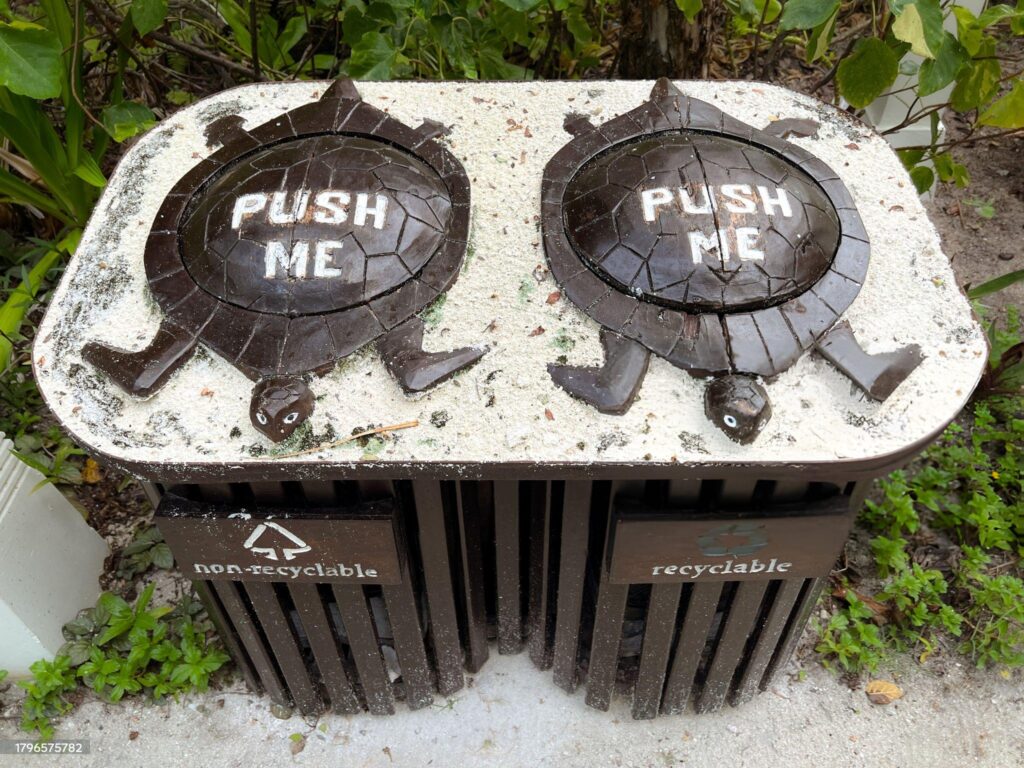With an average elevation of only 1.5 meters above sea level, the Maldives is one of the most vulnerable countries to climate change. This vulnerability extends to its infrastructure, raising the crucial question: how can the Maldives ensure sustainable infrastructure development in the face of this existential threat?
This is where geotechnical engineering comes in as a crucial ally. Geotechnical engineers play a vital role in assessing the soil and rock conditions underlying any infrastructure project, and this role becomes even more critical in island environments like the Maldives. By understanding the geotechnical characteristics of the islands, engineers can design and implement solutions that are:
- Resilient: Infrastructure needs to withstand the increasing intensity and frequency of storms, coastal erosion, and rising sea levels. Geotechnical engineers can employ techniques like soil reinforcement, foundation strengthening, and strategic use of natural materials to create structures that can weather these challenges.
- Sustainable: Sustainable development goes beyond just surviving; it involves thriving in harmony with the environment. Geotechnical engineers can select eco-friendly materials and construction methods that minimize environmental impact while maximizing long-term durability. This could involve using local, recycled materials, minimizing excavation, and implementing bioengineering solutions where feasible.
- Cost-effective: Building and maintaining infrastructure in a challenging environment like the Maldives can be expensive. Geotechnical expertise can help optimize designs to be cost-effective by selecting appropriate construction methods, utilizing local resources efficiently, and ensuring long-term structural integrity, thereby minimizing the need for future repairs and replacements.
Here are some specific examples of how geotechnics can contribute to sustainable island infrastructure in the Maldives:
- Land reclamation: Using geotextiles and dredged materials, engineers can create new land for essential infrastructure like airports, harbors, and waste management facilities.
- Coastal protection: Techniques like seawalls, breakwaters, and strategically placed sand nourishment can be employed to safeguard existing coastlines and prevent erosion.
- Building on stilts: Elevating structures on robust foundations like piles or caissons can protect them from flooding and storm surges.
- Utilizing local materials: Utilizing materials like coral sand and coconut fiber in construction can reduce dependence on imported materials and minimize environmental footprint.
By employing these and other geotechnical solutions, the Maldives can build infrastructure that is not only functional but also resilient, sustainable, and cost-effective in the face of rising sea levels and other environmental challenges. This collaborative effort between geotechnical engineers, policymakers, and local communities is essential to ensure the Maldives not only survives but thrives in the years to come.
It’s important to remember that geotechnical solutions are not a one-size-fits-all answer. Each island in the Maldives has unique geotechnical characteristics, and solutions need to be tailored accordingly. Continuous monitoring and data collection are also crucial to assess the effectiveness of implemented solutions and adapt them as needed.
By embracing geotechnical expertise and fostering a culture of sustainable development, the Maldives can chart a course towards a future where its vibrant island communities continue to flourish for generations to come.




